A new expression in designing the relationships between spaces, objects and colors. A typical Milanese casa di ringhiera (a traditional tenement with communal balcony) transformed into a design hotel: SAVONA 18 Suites
This is the Savona 18 Suites, the project that the Italian architect and designer Aldo Cibic has created for the Blu Hotels group. An operation that began with the refurbishment of an abandoned twentieth century building that Cibic has brought back from the brink. In so doing he has preserved its architectural image and managed to retain the authentic flavour of the Milanese courtyard: representative of the “style” typical of that period.
SAVONA 18 Suites
The result is a hotel that evokes a mansion, an intimately friendly place that offers its visitors the unique experience of living the atmosphere of age-old Milan. And all just a stone’s throw from one of the liveliest and most cosmopolitan districts of the city.
Furnishing & interior design
The retro structure – expertly restored – forms a great balance with the contemporary furnishings and interior design project, which effectively reflects thinking and aesthetics dear to Aldo Cibic’s heart.
Walk into an art gallery
Starting from the lobby, where you feel you have just walked into a real art gallery, with attention paid to every detail. The desk at the entrance is reminiscent of an off-scale Tibetan cabinet, while the yellow mosaic bench, together with the wall graphics, contrast with the neutral tones of the room to create an effect of warm minimalism.
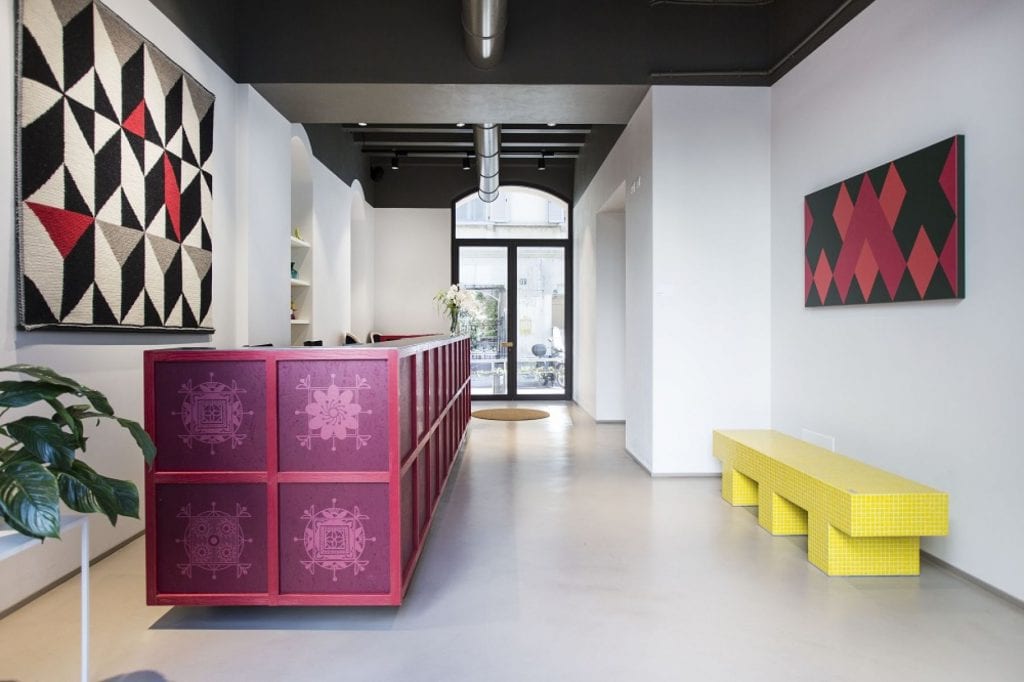
Sofas, carpets, chandeliers, mirrors and accessories, signed Aldo Cibic and Paola C. by Aldo Cibic adorn the living room and the “Petit Cafè”, giving a touch of colour and refined, contemporary inspiration to the rooms.
A cosy living room, with many things lumped together like different fruits,
explains Aldo Cibic.
The courtyard
The inner courtyard of 310 square metres has been transformed with sofas and armchairs into a large open-air living room, in which a mural signed by Cibic himself stands out. The large courtyard – that the most exclusive suites look out on to – is designed to be a space open to all, in which the experience of the Milanese casa di ringhiera can be felt strongly.
Rooms
Savona 18 Suites consists of 43 rooms, all furnished in different ways to offer a wealth of choice even to frequent clients who are always on the lookout for original experiences. The furnishings vary from vintage objects to contemporary design, with paintings, colours, woods and fabrics that give each room a unique character and personality.
The furnishings of the rooms, as well as those of the common areas, can be purchased by guests, to allow everyone to take home little finds: a sign of the growing relationship between interior design and customer experience. A more and more widespread trend in the fashioning of accommodation on the borderline between art galleries and meeting places. Aldo Cibic’s design and visions accompany guests from their arrival to their return home, in an enveloping mix of art gallery and living room.
I lived Savona 18 as a mansion house, in the sense of turning it into an intimately friendly place in the centre of Milan’s fashion and design district. When you go out into the courtyard you enter the profoundly Milanese experience of living in a casa di ringhera, while the mural cites an incomplete skyline, poetic in its muted colours,
said Aldo Cibic
Photos: Matteo Piazza / Blu Hotels Archive & savona18suites.it

Aldo Cibic was born in Schio, Vicenza, Italy and quickly developed a self-directed interest in the world of design. In 1981, as a partner in Sottsass Associati, he was a founding member of Memphis, an artists’ collective that was to mark an epoch-making transition in the universe of design and architecture. In the late 1980s he founded the Studio Cibic and launched “Standard” (1991), his first self- produced collection. In 2015 he curated the Venice Architecture Biennale of the Arts & Craft exhibition at the Venice pavilion. In 1989 he founded the practice Cibic & Partners and, in 2010, the Cibic Workshop, not only a design studio but also a multidisciplinary research centre. Cibic Workshop focuses heavily on alternative sustainable project types aimed at enhancing whole local areas and defining new cultural, emotional and environmental awareness of public space.

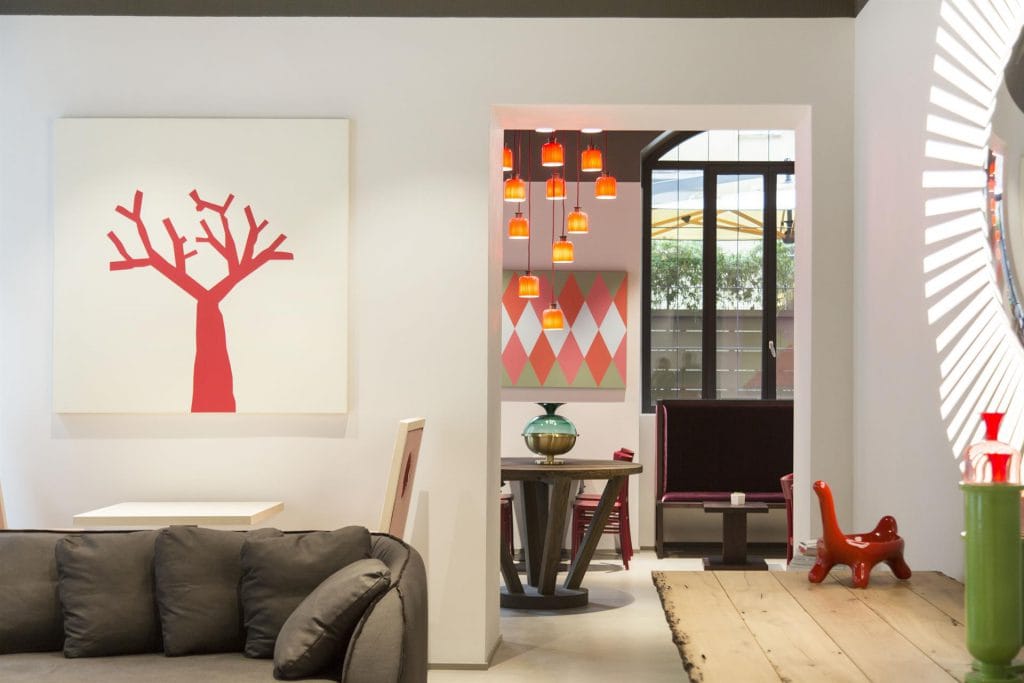
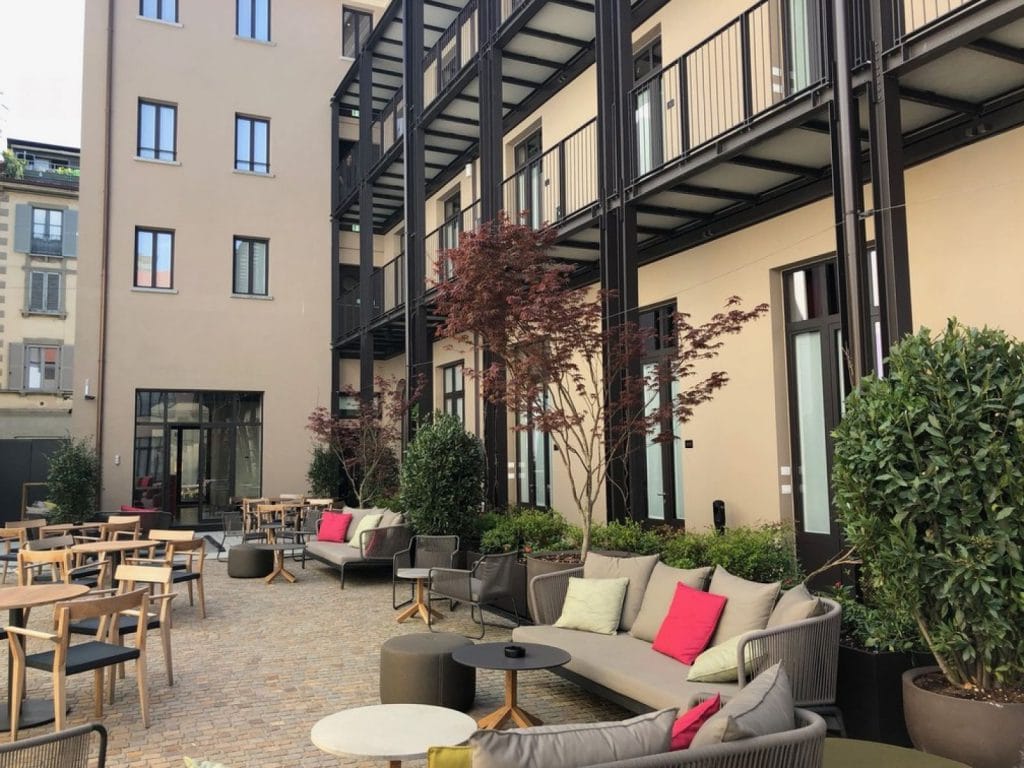
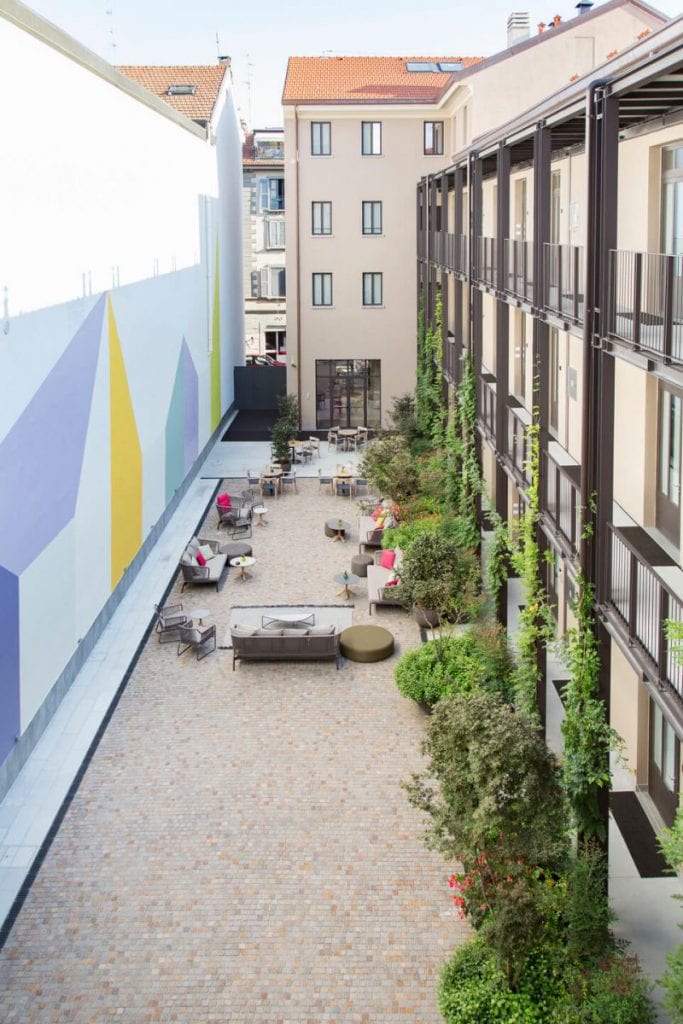
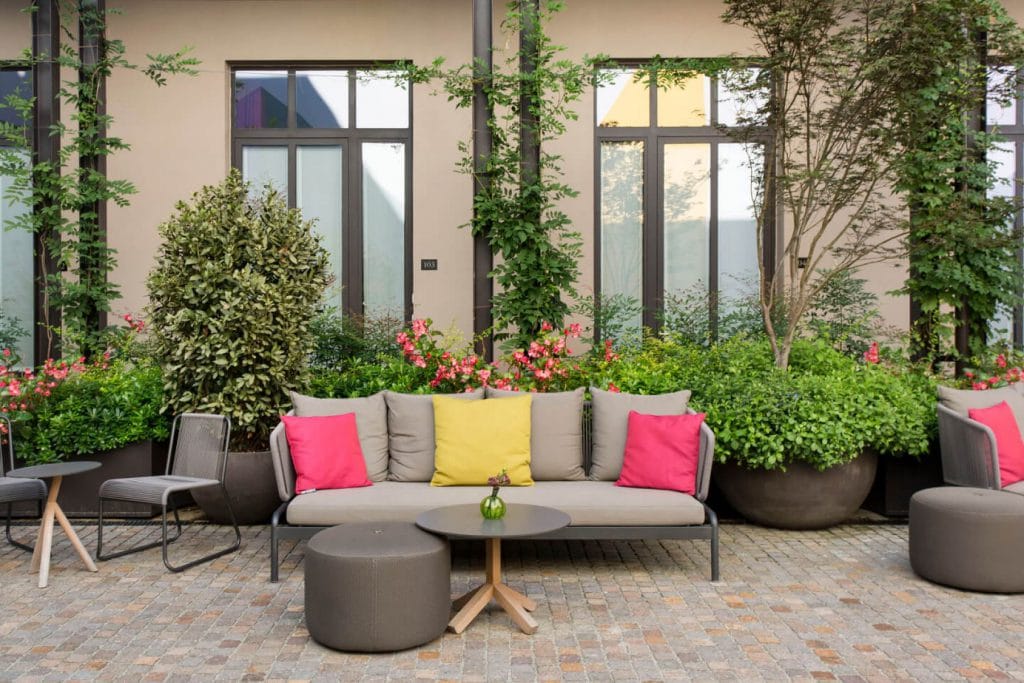
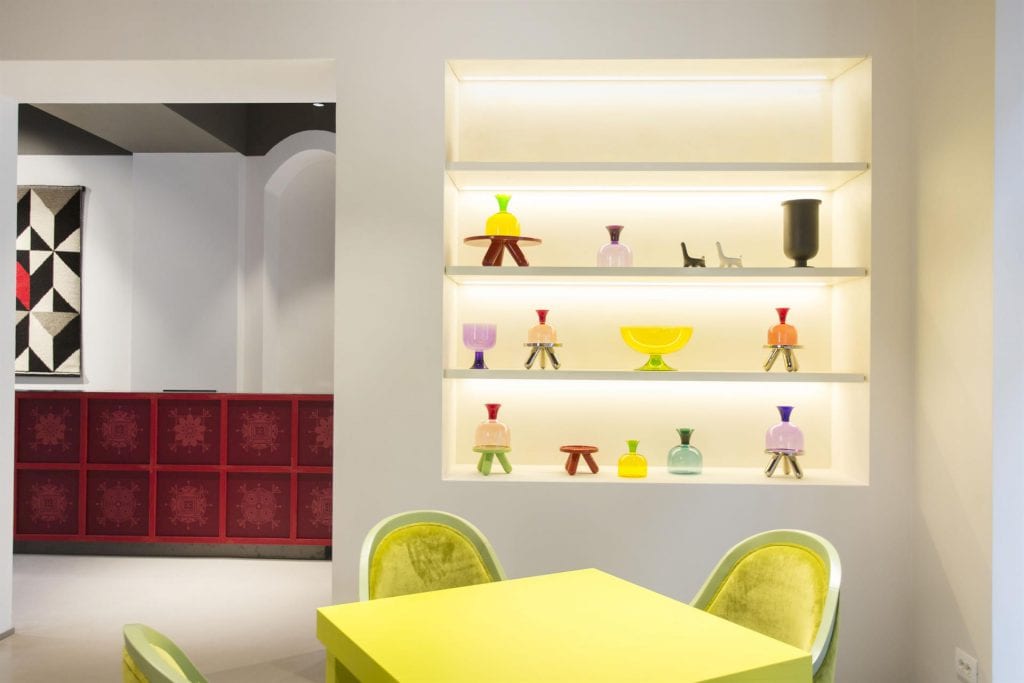
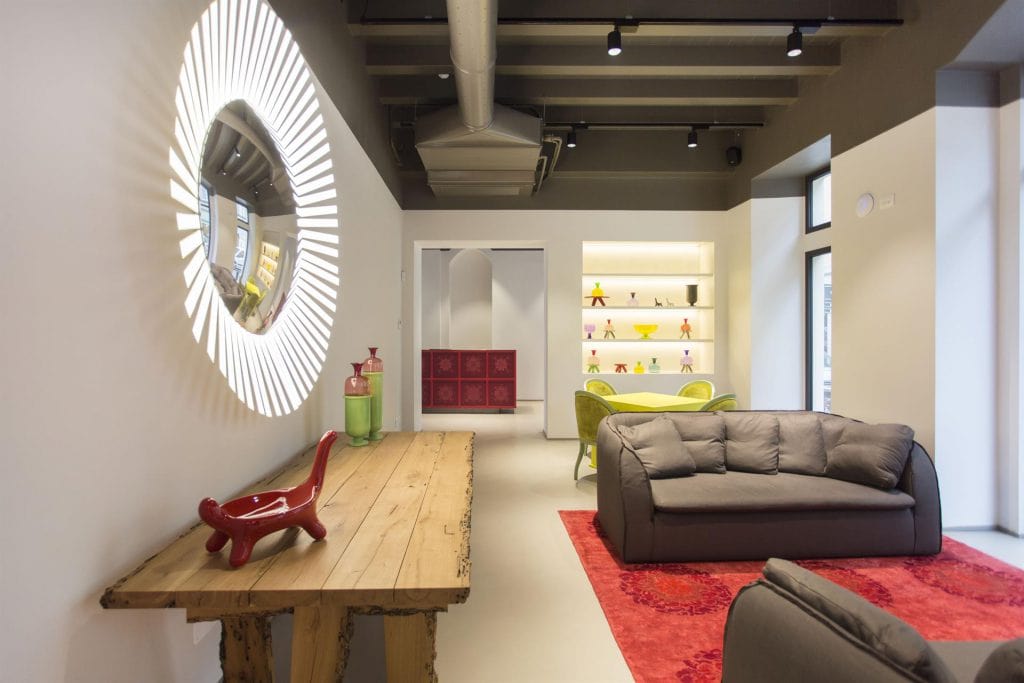
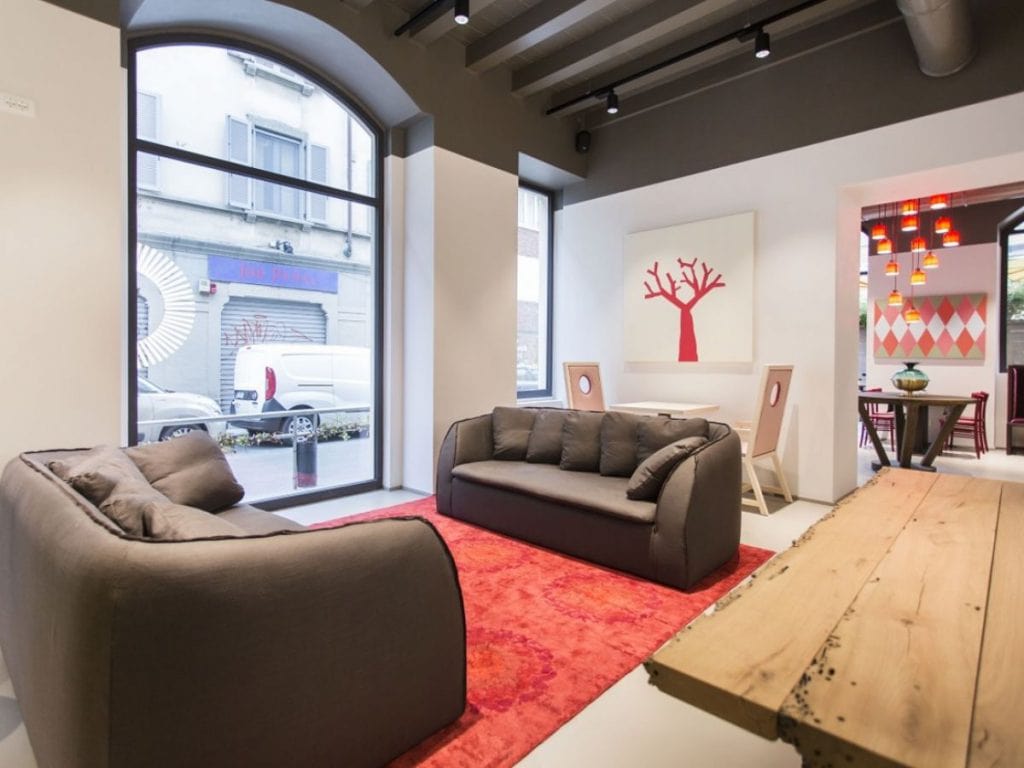
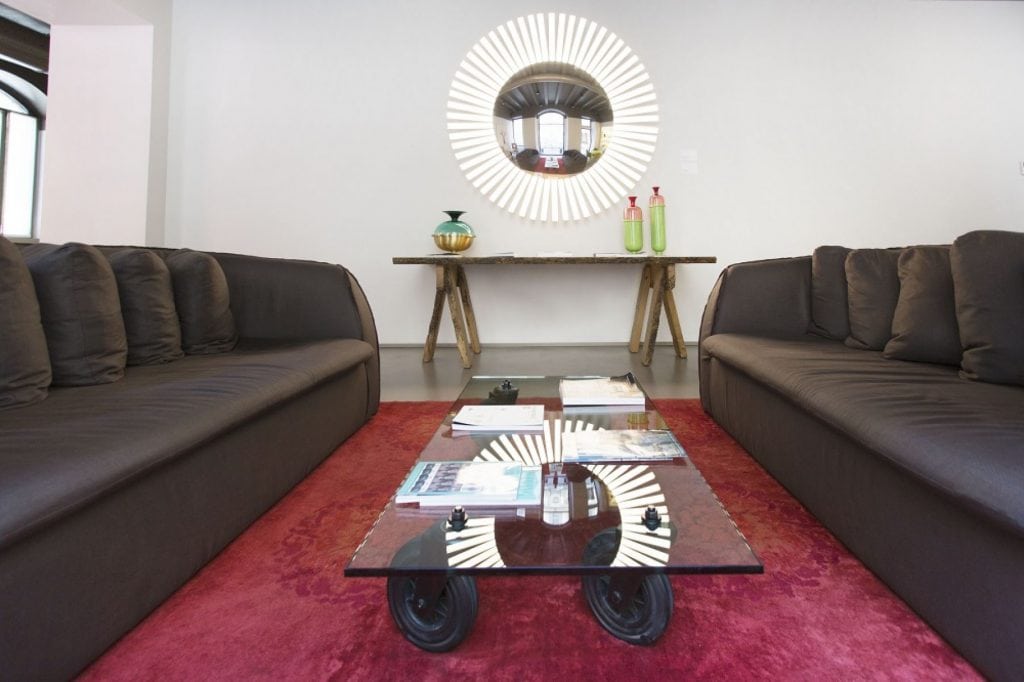
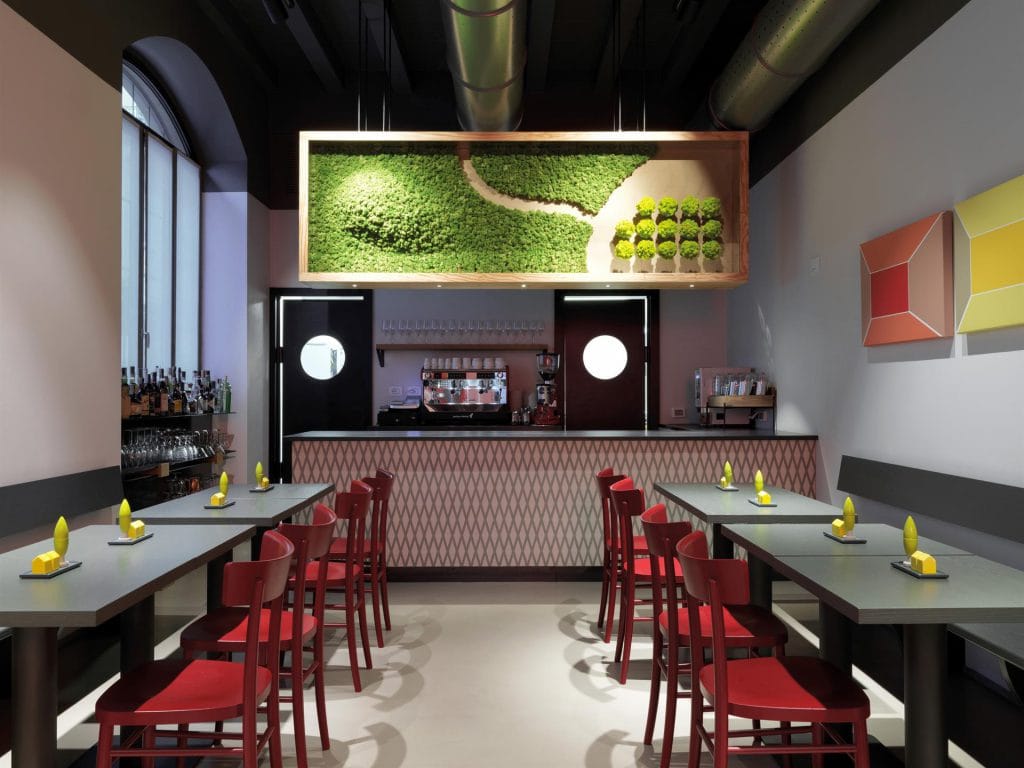
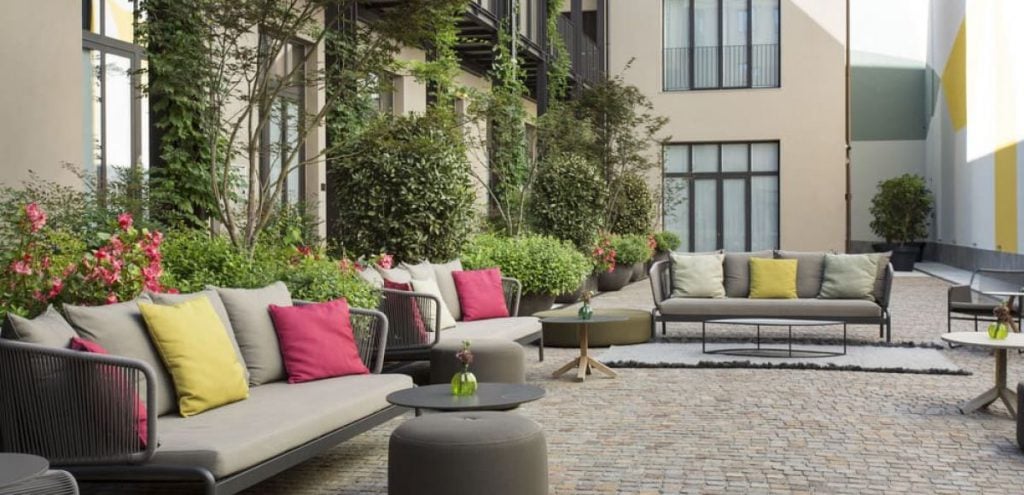
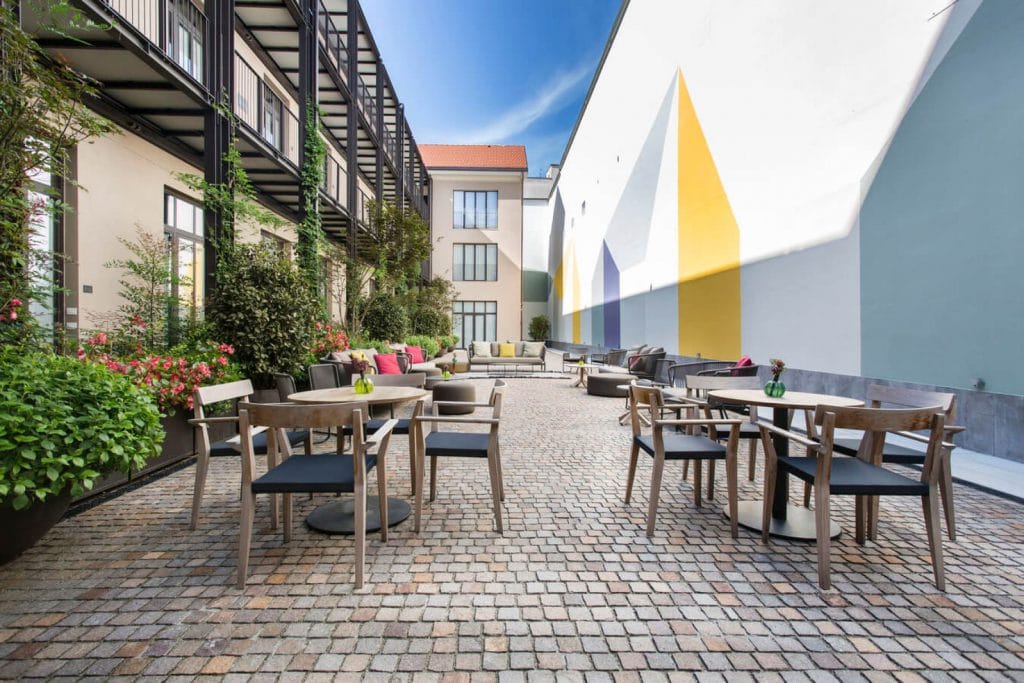
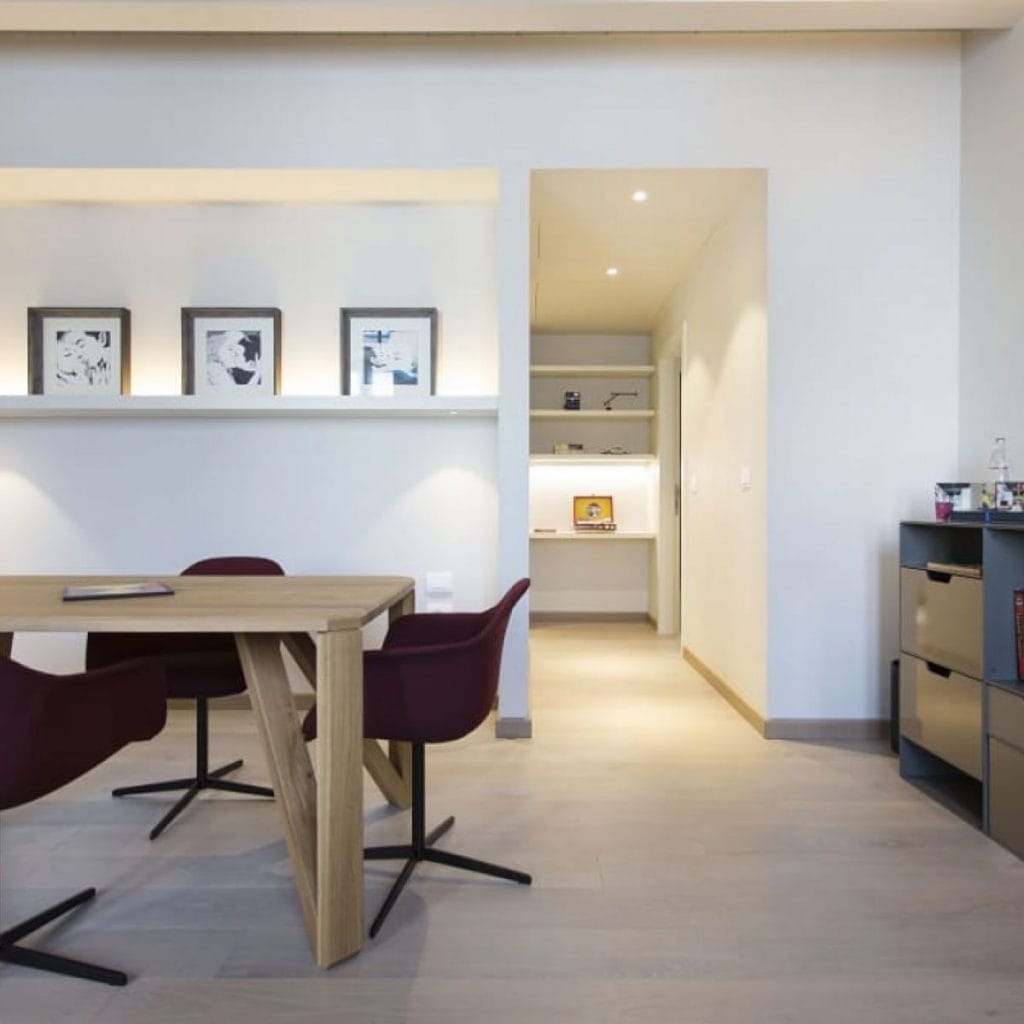
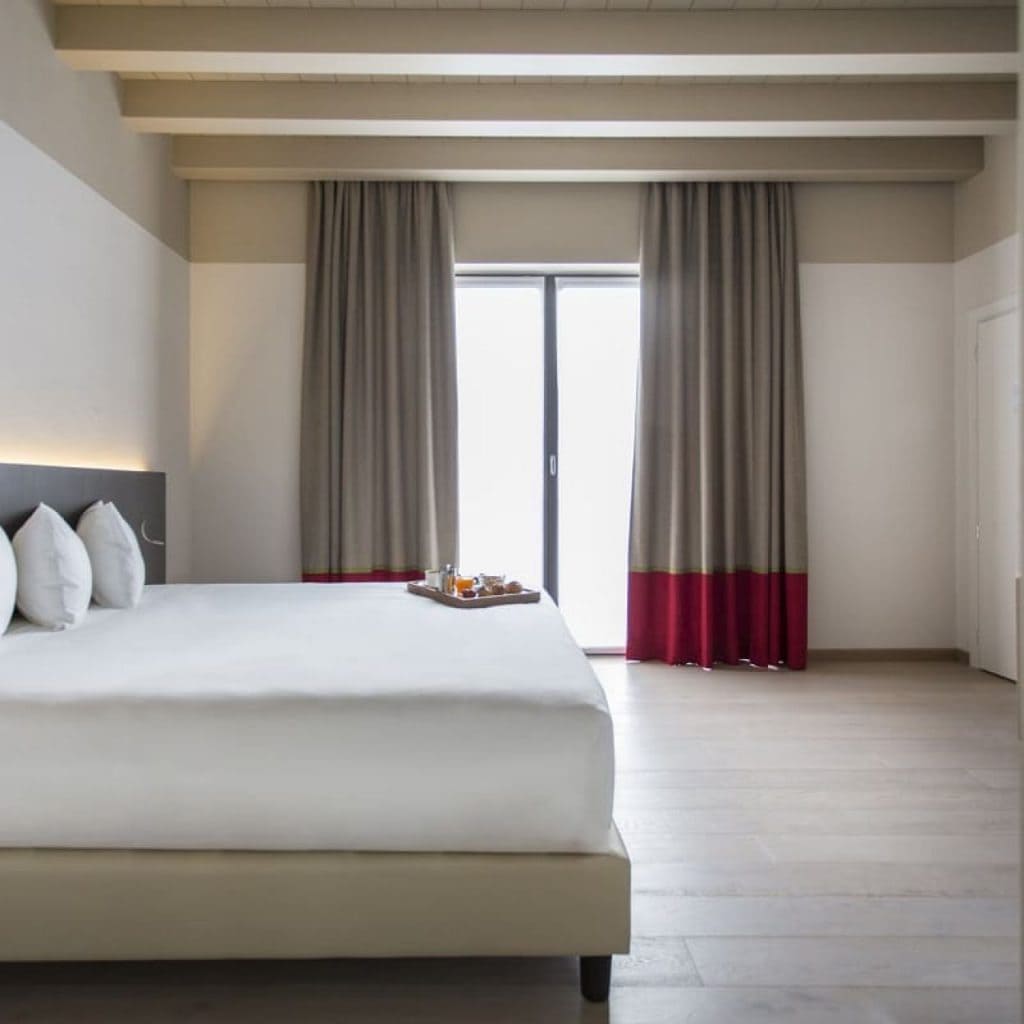
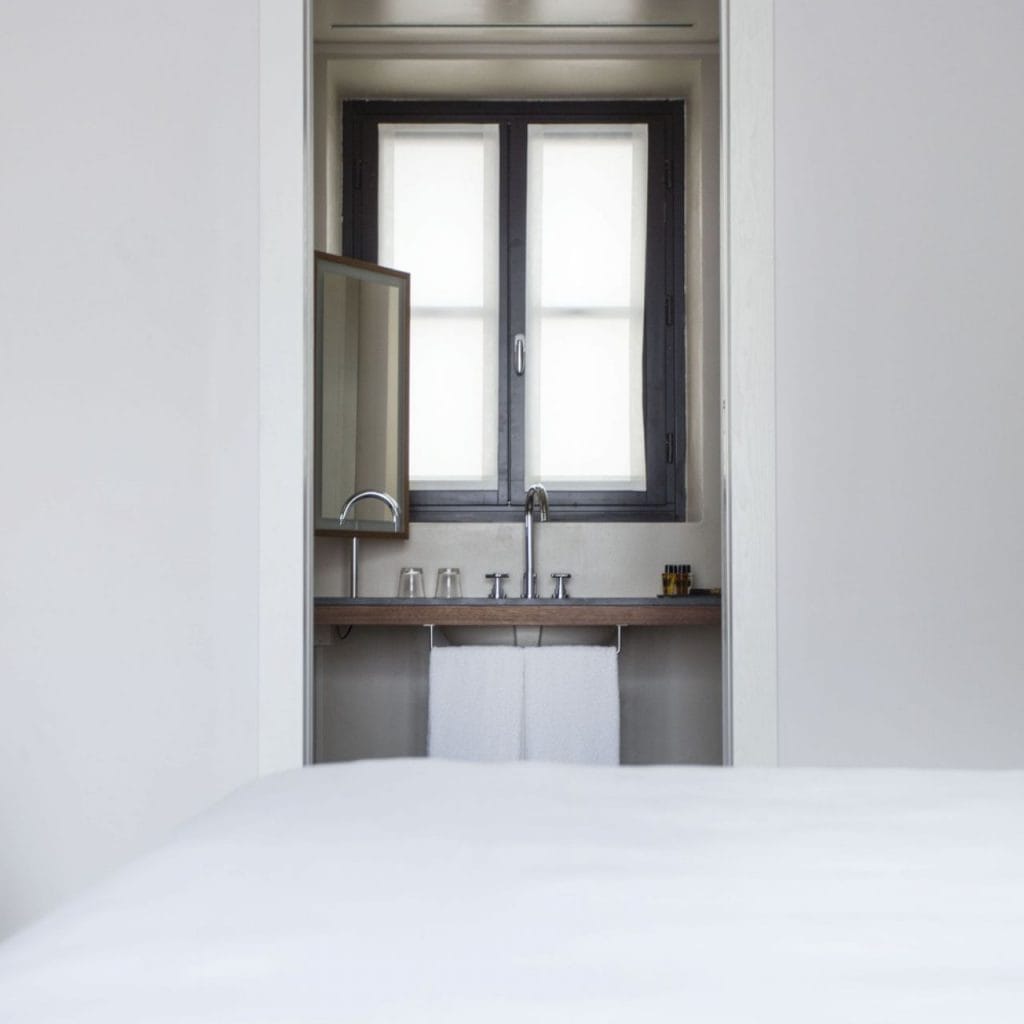
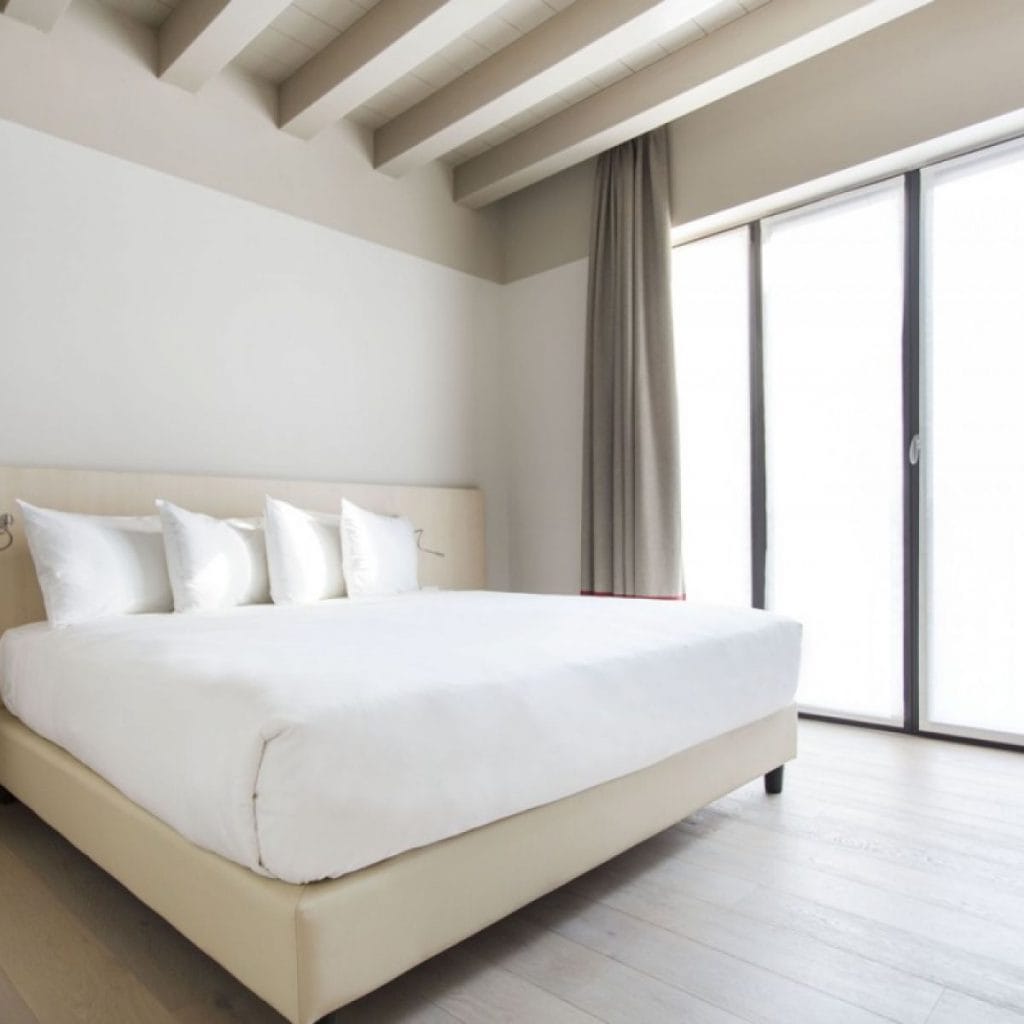
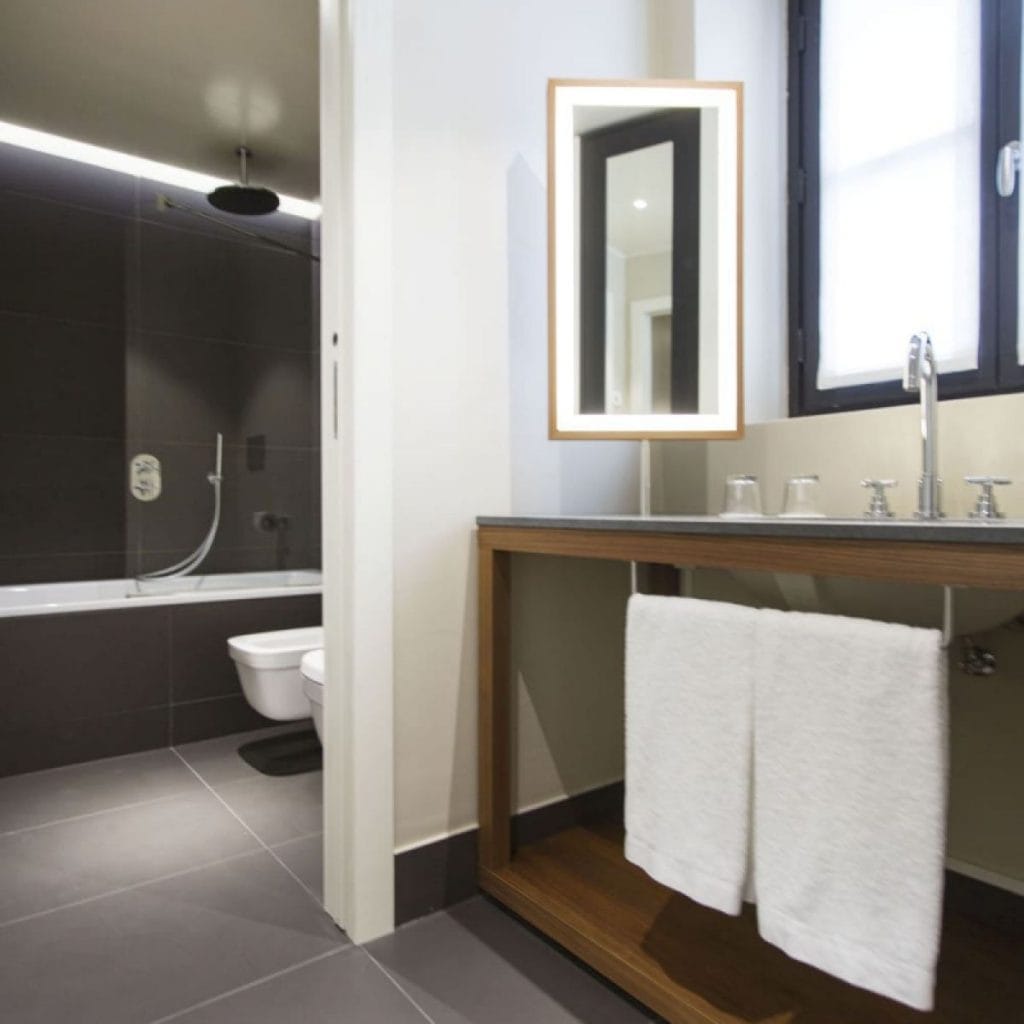
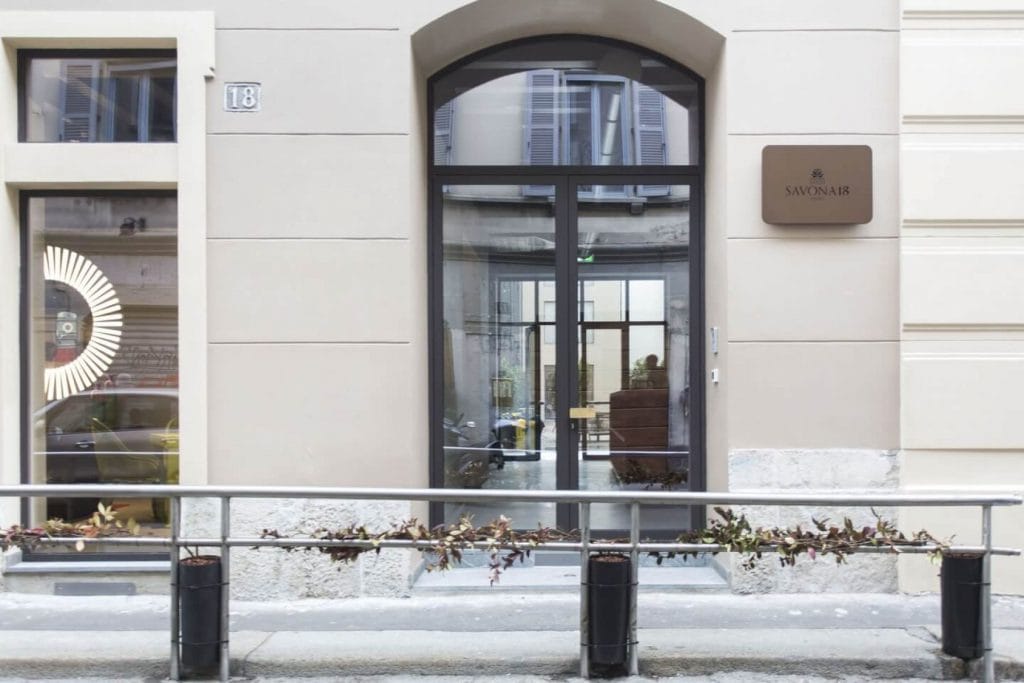
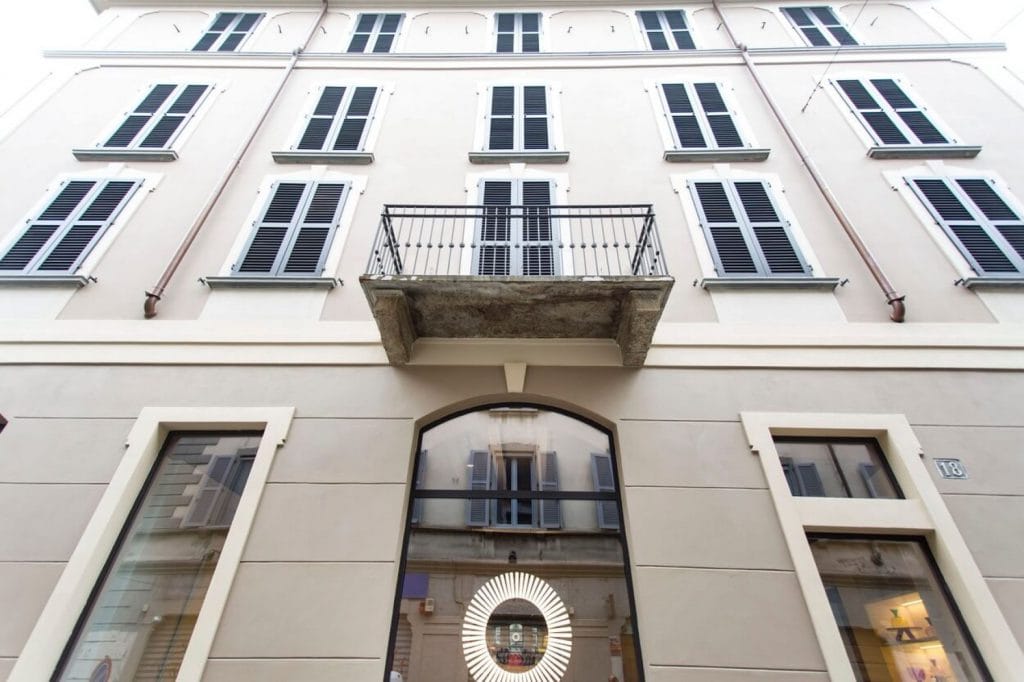
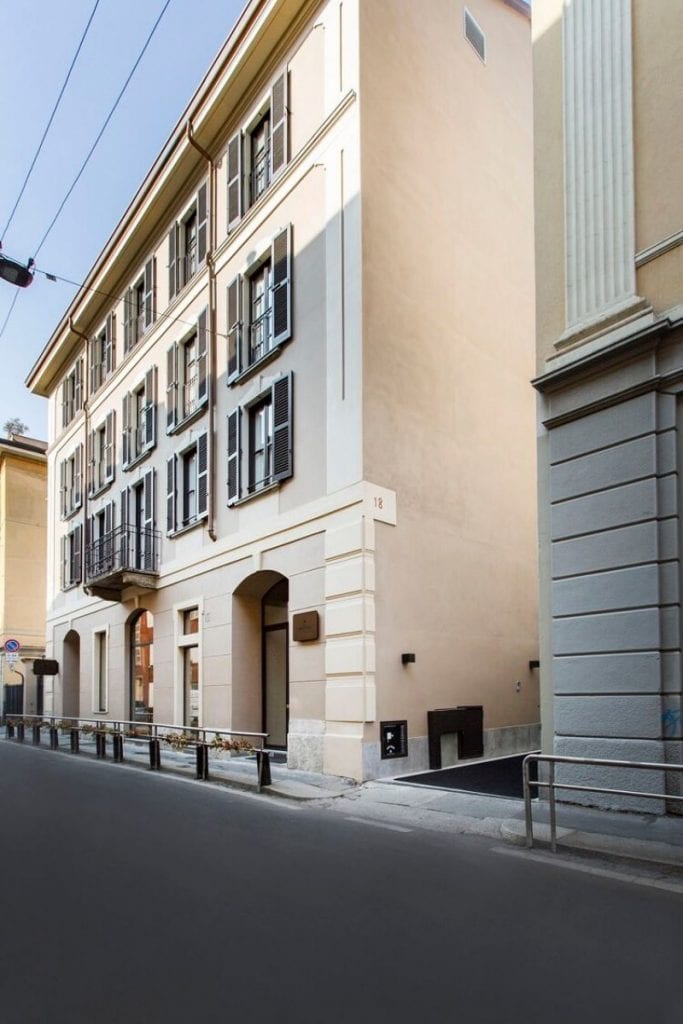
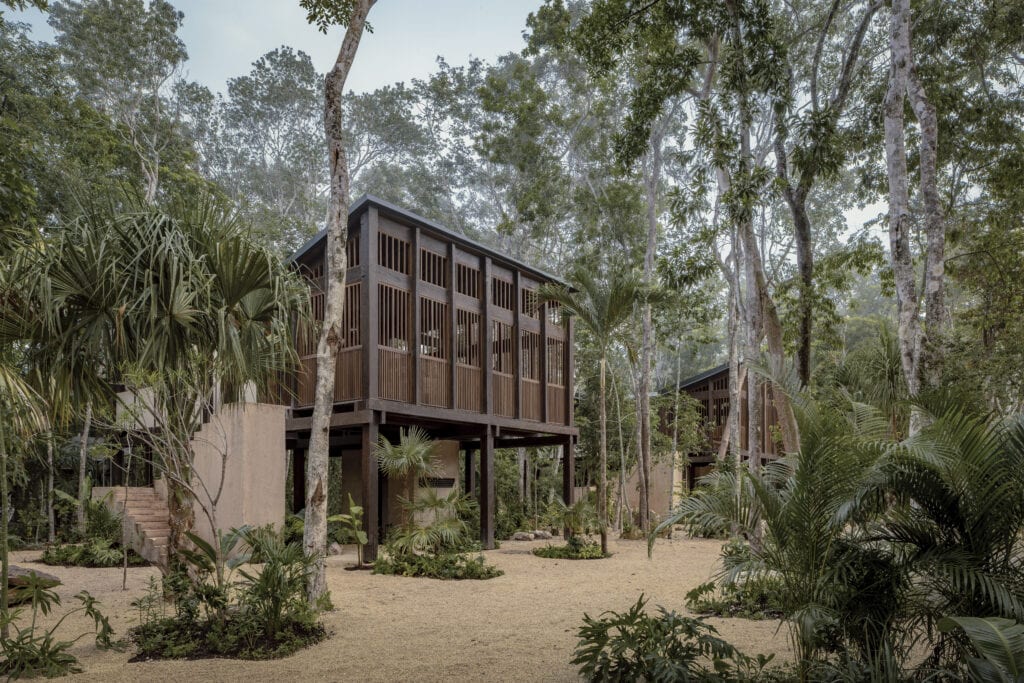
iThere are no comments
Add yours